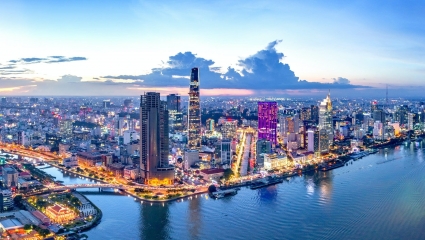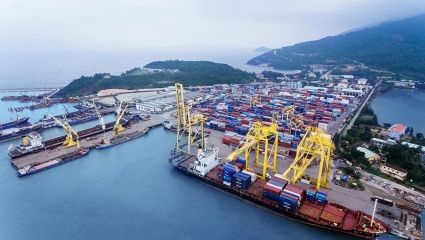Property Stress Would Test Vietnam’s Bank Buffers
In the event of a property downturn, developer-related exposures would pose the greatest risk for banks, in our view, but residential mortgage quality could also be affected in more significant market downturn scenarios.
Nonetheless, Fitch views the likelihood of a major real-estate downturn as low. Apartment prices in key cities have continued to rise in recent months and Fitch expect prices to remain supported by demand and slower completions, assuming no unanticipated macroeconomic shocks. The government has also proposed that issuers be allowed to extend outstanding bonds’ maturity by up to two years, which should alleviate developers’ refinancing risks.
Fitch believes Fitch-rated banks' pre-provision earnings and loan loss allowances would be sufficient to cover potential credit losses of about 3%-5% of their risk-weighted assets (RWA) from a moderate property-sector stress scenario. However, the potential loss could rise to 7%-10% of their RWA under a more severe scenario, assuming average write-off rates of 30%-40% on aggregate property-related exposures, likely pushing most banks' capital ratios below regulatory requirements.
Most rated local banks' Issuer Default Ratings are driven by Fitch’s expectation of government support and are linked to the sovereign’s rating (BB/Positive). A severe property downturn is not our base case, but Vietnam’s sovereign credit profile could be adversely affected under such a scenario.
Global economies faces to multiple headwinds including high inflation, supply chain disruption and thus may fall into recession if there is no supporting policies.
Recent developments: After a strong rebound in 2021, growth in the East Asia and Pacific (EAP) region slowed markedly in 2022 to an estimated 3.2 percent, 1.2 percentage point below previous forecasts. The slowdown was almost entirely due to China (which accounts for about 85 percent of the region’s GDP), where growth slowed sharply to 2.7 percent, 1.6 percentage points lower than projected in June. The country faced recurrent COVID-19 outbreaks and mobility restrictions, unprecedented droughts, and prolonged stress in the property sector, all of which restrained consumption, food and energy production, and residential investment. Fiscal and monetary policy support for domestic demand and an easing of restrictions on the real estate sector have only partially offset these headwinds.
In the region excluding China, the pace of growth more than doubled, rising to 5.6 percent in 2022. Activity was supported by a release of pent-up demand as many countries continued to lift pandemic-related mobility restrictions and travel bans. Growth in the region excluding China in 2022 was 0.8 percentage point above the June forecast, reflecting upgrades for Malaysia, the Philippines, Thailand, and Vietnam, most of which also benefited from a strong rebound of goods exports. Growth in Fiji was much stronger than expected, fueled mainly by a resumption of international tourism in response to a significant easing of travel restrictions. The recovery in tourism in many smaller Pacific Island economies has been generally slower than in the rest of the world because of recurring COVID-19 outbreaks and remaining border restrictions.
Consumer price inflation increased across the region in 2022. Notwithstanding this increase, price pressures have been generally more muted in EAP than in other regions. This partly reflects remaining negative output gaps due to a combination of relatively high potential growth and protracted recovery as well as widespread price controls and subsidies.
Các tin khác
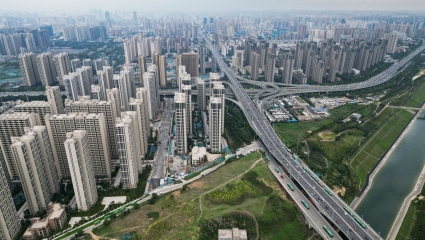
Bất động sản Trung Quốc và rủi ro từ việc nới lỏng tiền tệ quá mức

Kinh tế Mỹ hạ nhiệt tăng trưởng đáng kể

Kinh tế Mỹ, châu Âu trái chiều ở thời điểm đầu năm 2023
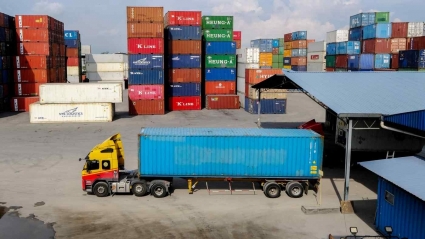
Tín hiệu đáng ngại khi doanh số điện thoại thông minh toàn cầu sụt mạnh chưa từng thấy
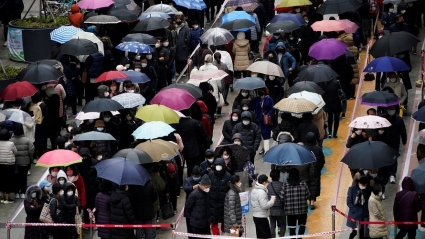
GDP sụt giảm lần đầu trong hơn 2 năm, Hàn Quốc cam kết gấp rút hỗ trợ xuất khẩu

Tổ chức tài chính lớn nhất Trung Quốc dự báo giá vàng lập kỷ lục trong năm nay

Chứng khoán Mỹ thoát đà bán tháo ngoạn mục

Mua vào liên tục, Trung Quốc hiện đã dự trữ hơn 2.000 tấn vàng
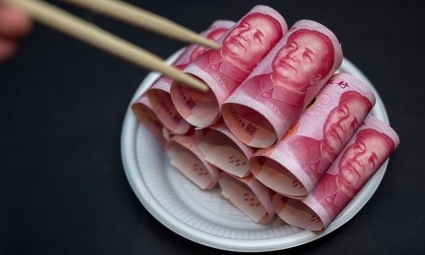
Trung Quốc chạy đua cấp phép, bỏ trần sở hữu hoàn toàn với doanh nghiệp tài chính ngoại
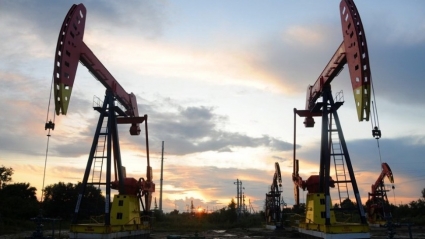
Giá dầu sụt mạnh khi tâm lý u ám về tăng trưởng kinh tế toàn cầu dâng cao
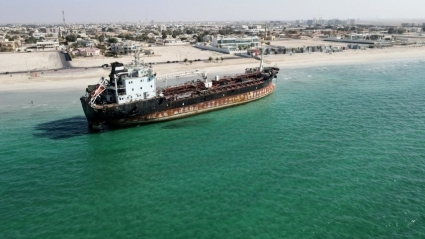
Châu Âu trước thềm thay đổi quan trọng trên thị trường năng lượng
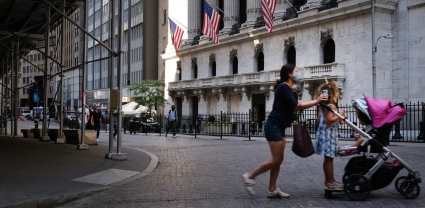
Chứng khoán Mỹ tăng điểm mạnh bởi kỳ vọng Fed chuyển hướng chính sách

Nguyên nhân khiến Fed khó có thể tuyên bố chắc chắn về định hướng lãi suất đồng USD
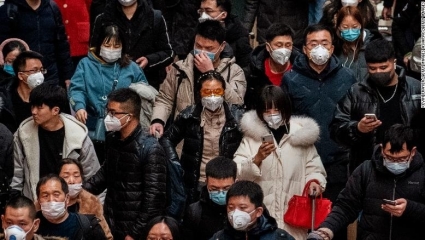
Nguy cơ lạm phát toàn cầu bị "thổi bùng" từ việc Trung Quốc tái mở cửa nền kinh tế

Hoạt động khai thác dầu ngoài khơi đang phát triển bùng nổ như thế nào?
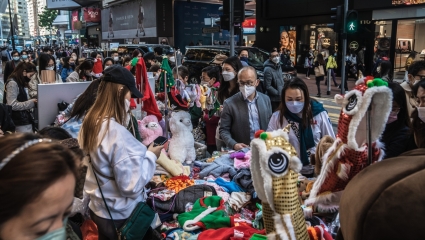
Quả bom tiết kiệm 720 tỷ USD của Trung Quốc sẽ mang đến cú huých quan trọng toàn cầu?

Nhận định những yếu tố có thể đẩy giá vàng chạm ngưỡng 2.000USD sau vài tháng tới

Người giàu nhất châu Á sẽ bành trướng hoạt động kinh doanh ra toàn cầu trong năm 2023

Vì sao tỷ phú Jack Ma đang xuất hiện ngày một nhiều trước công chúng?





